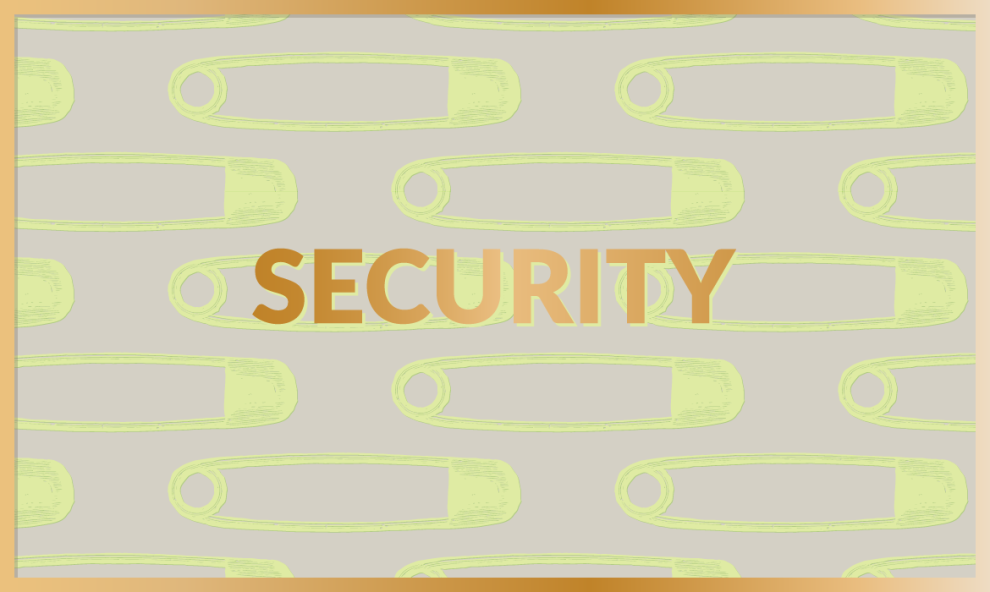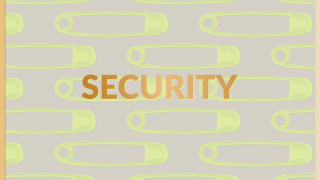“No problem can be solved from the same consciousness that created it. We have to learn to see the world anew”. That’s how Einstein described the way that problems can be solved. A good lesson vis-à-vis the breakdown starting to be observed in the country today.
Problems are beginning to mount. Some months ago, acting on a multiplicity of fronts seemed to start bearing fruits for the government and some numbers, above all in matters of homicide, appeared to justify its optimism. However, in recent weeks it seems like Pandora’s Box has flown open, deranging the panorama in its entirety. Violence and criminality has earned, once again, a preeminent place in the public agenda and no corporation or entity has gotten off free.
The deterioration was foreseeable in states whose history and geographic location has condemned them to violence. Although horrific, the situation of Iguala is not new. But it is Querétaro that changes the panorama because this is a state that, at least in appearance, had achieved becoming a paragon of order and tranquility. The recent arrest of one of the most sought narcos is not newsworthy in itself: that he had been an active (even distinguished?) member of Queretana society suggests that the rottenness runs much deeper –there and throughout the country- than it seemed.
This leaves Mexicans at a crossroads and the government confronted with the need to revise its strategy. I have no doubt that the policies advanced from the time of its inauguration were conceived as solutions to the problems observed and to the manner in which these were defined. It is now clear that that way of acting is not working. As Einstein argued, it’s time to revise the focus, the whole vision. A vision towards the future is required, not a simple revamping.
Beyond the specific problems and circumstances, the country is up against an array of challenges that are much more extensive than concrete categories. If one wished to itemize these, we would have to include matters such as economic growth, corruption, transparency, democracy, federalism and the unabridged plethora of complexities that characterize the country. Each of these leitmotifs can break down into the parts that make them up or into concrete affairs as they arise. For example, when Michoacán erupted, the government sent in the police, the troops and a politician, each concentrated on attending to specific parts of the general problematic. Months later, it is not obvious that even the most immediate objective of pacifying the state has been achieved. Guerrero is not an isolated case: integral solutions are required.
The real question is whether it is possible to address the problems individually as if this concerned unconnected issues. My impression is that the true dilemma lies between constructing something new and attempting to fix the one already there. Of course, this not about mutually exclusive concepts, but they certainly entail very distinct visions of the present and the future.
A transforming vision would imply defining the construction of a modern nation and from there deducing the nature and characteristics of the institutions and policies that would constitute it. In the eighties Mexicans had something like this: the strategy of reform of that era might have been correct or erroneous, but the vision of a new country was thoroughly understood by the population. What’s relevant here is that no Mexican in that era doubted where the country was going: some might have coincided with the objective, other might not have, but no one was doubtful. That permitted observing the problems under the perspective of a process. Of course, that vision ended up being grander, much more ambitious, than what the system and the government were willing to consider as changes, but the example demonstrates the difference between trying to renovate a building on the verge of collapse and the construction of an entirely new one.
A limited vision for attacking and containing isolated problems can help solve specific problems but, like the village carnival game of pop-up heads that spring up and keep on springing up, there’s no way to bring them to an end or to sort all of them out. Additionally, individual solutions have the effect of producing perverse outcomes in subsequent situations that materialize: they encourage future conflict.
This is about two distinct visions: one of remedying problems, another of creating a new reality. Many of the concrete actions that the government could carry out could be similar in both cases, but the crucial difference would be the what for. In one case this would be about the means for transforming, in the other about instruments of controversy so that everything would go on the same. In the first case the proposal would be to construct a modern country, in the second to maintain the structures of the post revolutionary era, that of nearly one hundred years ago.
For example, in the case of the National Polytechnic Institute students, the question is whether to engage in a dialogue (and cede) to avoid a greater conflict or whether to engage in a dialogue to construct a novel political paradigm. The first leads to ever greater demands, the second brings the petitioners into the political process. All Mexicans fit into one vision, including the students and the unruly Teachers College students, in the other it’s about enemies that have to be annihilated. In the economy, new protectionist measures are introduced in order to maintain the status quo or could be turned into conditions that create an environment where all, or the majority, of firms can get ahead. In a word, the intention is to construct the country of the future or avoid difficult decisions for the sake of preserving what already exists.
Vision Problem







Comments